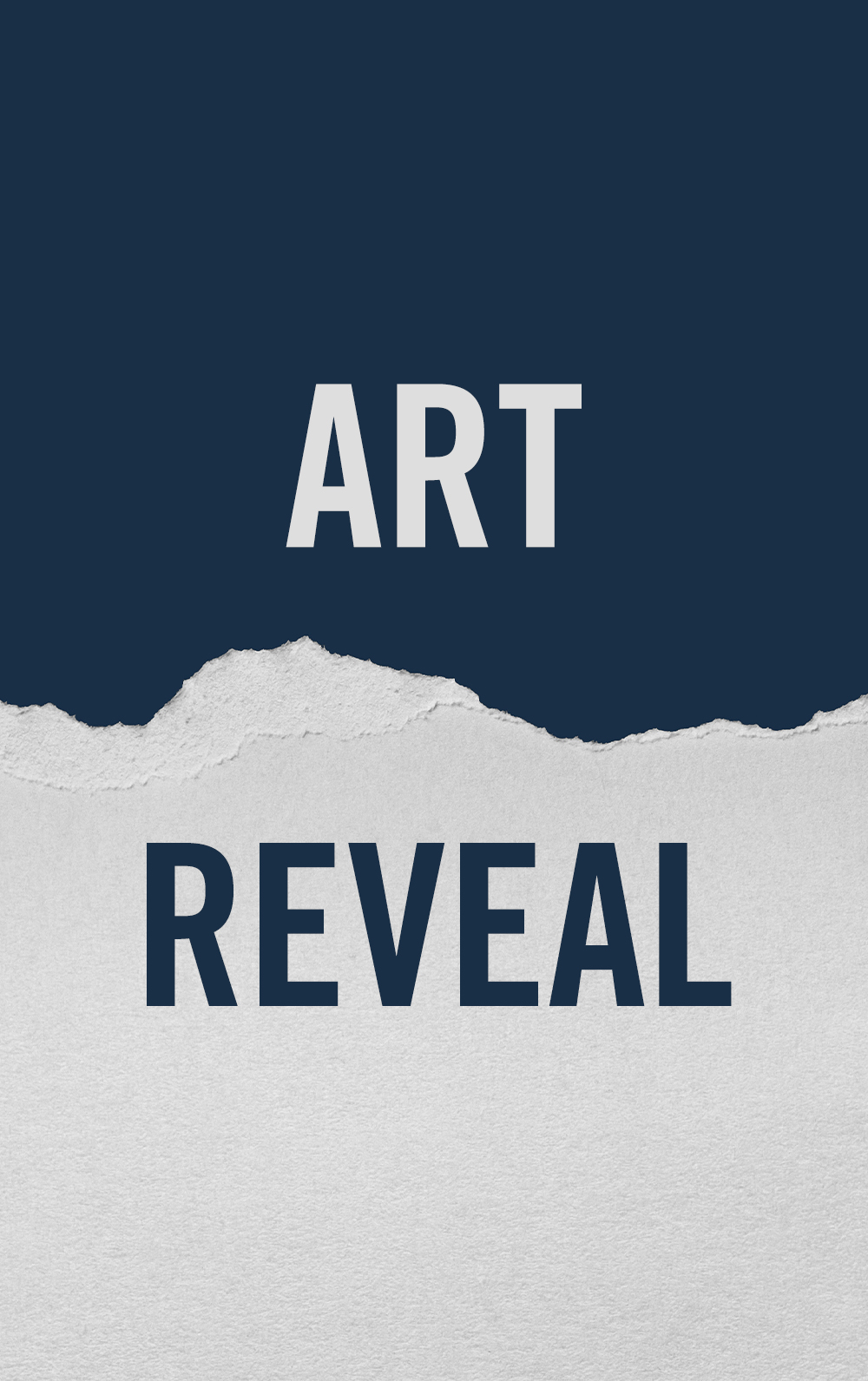
Today we're showing three pieces of artwork from our April 2024 series books! Let us know in the comments which books you'd like to see featured in our May 2024 Artwork Reveal!
Second Punic War in Iberia 220–206 BC: From Hannibal at the Tagus to the Battle of Ilipa
By Mir Bahmanyar
Illustrated by Marco Capparoni

THE BATTLE OF ILIPA, 206 bc
Here, we see parts of the far left wing of the Carthaginian army during the very early stages of the battle. The younger Scipio has quickly deployed his army first and in reverse order, catching the Punic army off guard. On the far left wing, elephants and skirmishers, still extending farther to the left, are caught out by the rapidly approaching Roman cavalry, accompanied by velites (skirmishers), representing the Roman far right, while the rest of the Roman legion infantry is now deploying into formation ready to attack the disorganized Iberian line troops. The Punic cavalry is strangely absent, even though they have been present in earlier skirmishes. The Roman right wing under the younger Scipio is starting to unfold, revealing line infantry, cavalry and velites. To the right of the Carthaginian elephants we see the outer edge of the Punic-allied Iberian fighters in open formation, representing the left wing of the Carthaginian army. Instead of having other native troops facing them, they now must fight the best of the consular army. The African troops stationed in the centre are pinned by Rome’s Iberian allies and are thus unable to countermove. The younger Scipio’s reverse formation, with Romans on the wings instead of in the centre, will pay dividends in this battle.
Artwork requested by Alex Fernández.
Hamburg 1940–45: The long war against Germany's great port city
By Richard Worrall
Illustrated by Mads Bangsø

10 Squadron Whitleys bombing Hamburg, 12–13 March 1941
On 12–13 March 1941, 88 aircraft attacked Hamburg, which, together with another 86 aircraft bombing Bremen, marked the first attacks on cities containing the major submarine building yards under Churchill’s Battle of the Atlantic Directive. Depicted in this illustration are two Whitley Vs from 10 Squadron flying between 11–11,500ft over the city, with its distinctive landmark of the river Elbe seen in clear weather. On the right is the aircraft of Pilot Officer Kenna Humby’s aircraft, whilst the other Whitley was flown by Squadron-Leader Tom Sawyer. Humby’s aircraft was coned by searchlights and pulled the flak fire on to it for 12 minutes. Dropping the bomb load near the railway station in Altona, despite undertaking near-continuous twisting evasive action, the Whitley suffered many hits, including its wing fuel tanks, but still got back to the UK. Humby’s ordeal allowed Sawyer to sneak through the city’s searchlights and flak to bomb the Blohm and Voss shipyards located on the Elbe’s south bank. In the skies over Germany, one aircraft’s difficulties with the air defences was often another crew’s opportunity to cross the target area unscathed.
Artwork requested by Daniel Figueroa Giraldez.
German Tanks in France 1940: Armor in the Wehrmacht's greatest Blitzkrieg victory
By Steven J. Zaloga
Illustrated by Felipe Rodríguez

PZKPFW III IN THE BATTLE OF FRANCE
1. PzKpfw III Ausf. F, 6./Panzer-Regiment.35, 4.Panzer Division, Belgium, May 1940
This was the tank of the 6.Kompanie commander, Htpm Ernst Freiherr von Jungenfeld. He was
famous in Germany for a set of reminiscences of his adventures as a young man in South America
published in 1916. In his company, he was nicknamed “Unser Pampas” (Our Pampas) for his
exploits in Paraguay. As a result, he had the name “Pampas” painted in large letters on his tank.
2. PzKpfw III Ausf. F, 5./Panzer-Regiment.7, 10.Panzer Division, Belgium, May 1940
Panzer Regiment.7 had a unique insignia, a bison painted on the turret side and rear. This was
created by placing a stencil of the bison on the turret and then airbrushing around the edge of the
silhouette in white. The 5.Kompanie carried its insignia as a large white “5” on the turret side and
rear adjacent to the bison. The divisional insignia was carried on the rear on a black panel along
with the tank number in chrome yellow. The tank number was painted on the hull side rather than
being carried on the old-pattern metal plaque.
Artwork requested by Paul Williams.

Comments
You must be logged in to comment on this post. Click here to log in.
Submit your comment